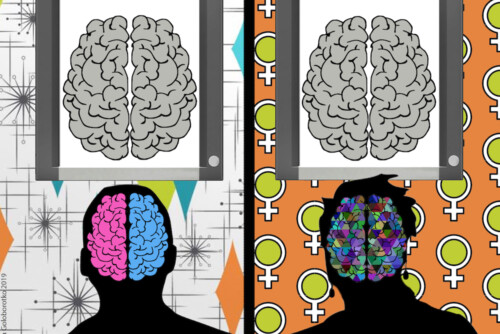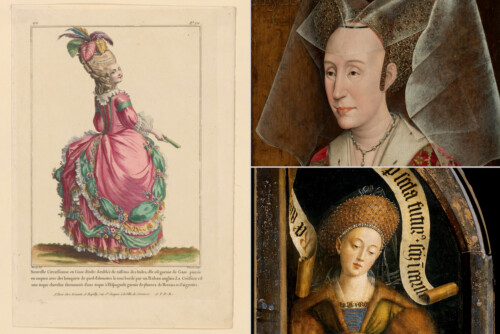Nowhere is corporeal memory more troubled by history than in what Paul Gilroy characterizes as the Black Atlantic’s “transformation of cultural space.” And it is precisely in the diasporic historicity of the middle passage that Cullen’s rhetorical question, “What is Africa to me?” is symptomatic of an African heritage that is both a repository of corporeal memory and a discursive space marked by a Eurocentric history of primitivist inscription: “one three centuries removed.”1 On the one hand, Cullen presents memory in “Heritage” as always already imbricated with the “book” of colonial history: “A book one thumbs /Listlessly, till slumber comes.” Frantz Fanon would later explore this textual legacy in Black Skin, White Masks: the acquired, cultural “sum of prejudices, myths, collective attitudes of a given group.”2 The poem’s text negotiates the stylized landscape of colonial desire, whose African exoticism is replete with the eroticized signs of “Jungle boys and girls in love.” On the other hand, Cullen also bears witness to an existential “heritage” of lived racial affect figured in the “dark blood dammed within” the “chafing net” of the poet’s repressed, colonized body.
The contradiction between history and memory in “Heritage” sutures the poet into the “weird refrain” of a dance whose hybridity bell hooks will later critique as the “madness” of black postmodernity:3
When the rain begins to fall;
Like a soul gone mad with pain
I must match its weird refrain
Ever must I twist and squirm,
Writhing like a baited worm,
While its primal measures drip
Through my body, crying, “Strip!”
Doff this new exuberance.
Come and dance the Lover’s Dance!”
In an old remembered way
Rain works on me night and day.
These lines demonstrate hybridity not only in the ambiguous performance of black skin, but also in the imperative commands to “strip, come, and dance.” To begin with, “The old remembered way” of black dance is itself a cultural hybrid whose primordial roots in African ritual and sacred performance have, since the middle passage, been grafted with the heritage of modernism’s production, surveillance, and display of black bodies as commodity forms. On the decks of the slave ships, “in order to keep [slaves] in good health,” James Arnold testified before the 1789 Parliamentary Committee for the Abolition of Slavery:
It was usual to make them dance. It was the business of the chief mate to make the men dance and the second mate danced the women; but this was only done by means of a frequent use of the cat. The men could only jump up and rattle their chains but the women were driven in one among another all the while singing ….4
From the auction block, nicknamed the banjo table, to the plantation buck-and-wing dance competitions at the big house, to such urban sites as Congo Square in New Orleans and New York’s Five Points, the heritage of African American dance describes a performance that is both emancipatory and commodified.
- In this vein, Paul Gilroy writes that “[d]iaspora accentuates becoming rather than being. … Foregrounding the tensions around origins and essences that diaspora brings into focus, allows us to perceive that identity should not be fossilized or venerated in keeping with the holy spirit of ethnic absolutism. Identity too becomes a noun of process and placed on ceaseless trial. Its almost infinite openness provides a timely alternative to the authoritarian implications of mechanical-clockwork-solidarity based on outmoded notions of ‘race.'” Paul Gilroy, “‘To Be Real’: The Dissident Forms of Black Expressive Culture,” Let’s Get It On: The Politics of Black Performance, 25. [↩]
- Frantz Fanon, Black Skin, White Masks, trans. Charles Lam Markmann (New York: Grove Weidenfeld, 1991), 188. [↩]
- bell hooks, “Performance Practice as a Site of Opposition,” Let’s Get It On: The Politics of Black Performance, 210. [↩]
- Report to the House of Lords on the Abolition of the Slave Trade (2 vols; London: 1789), quoted in Lynne Fauley Emery, Black Dance from 1619 to Today (Princeton, NJ: Princeton Book Company, 1988), 6. [↩]




